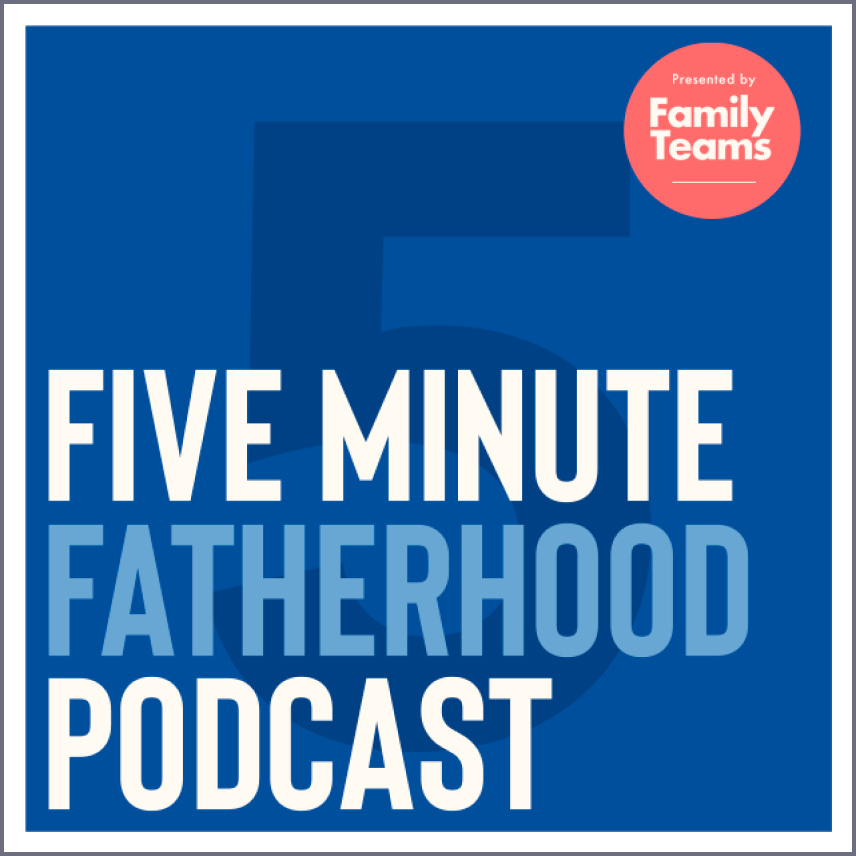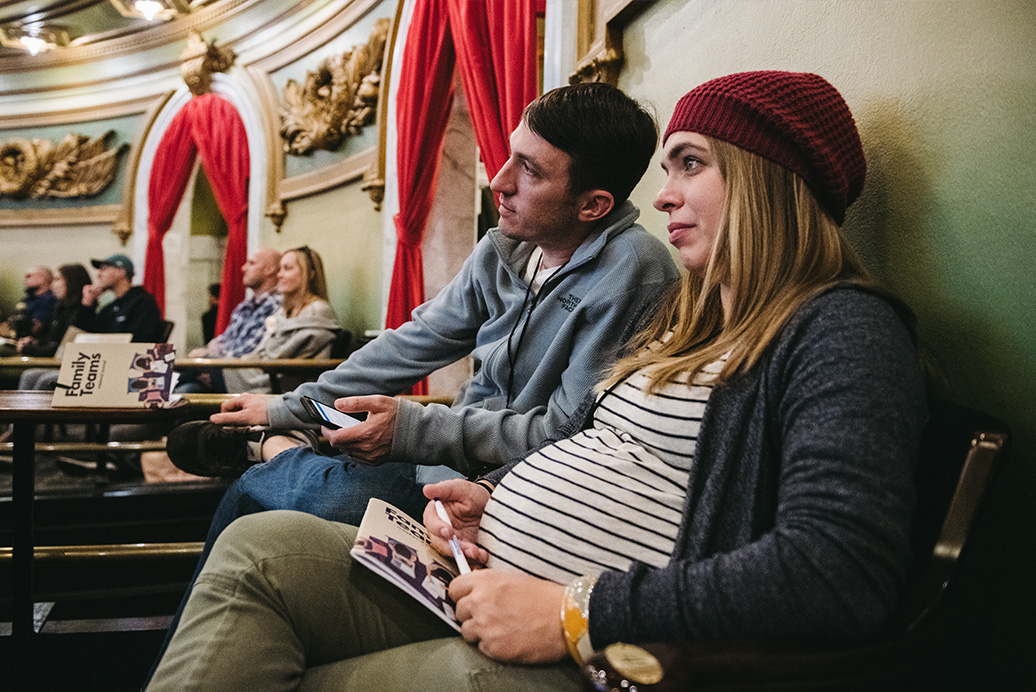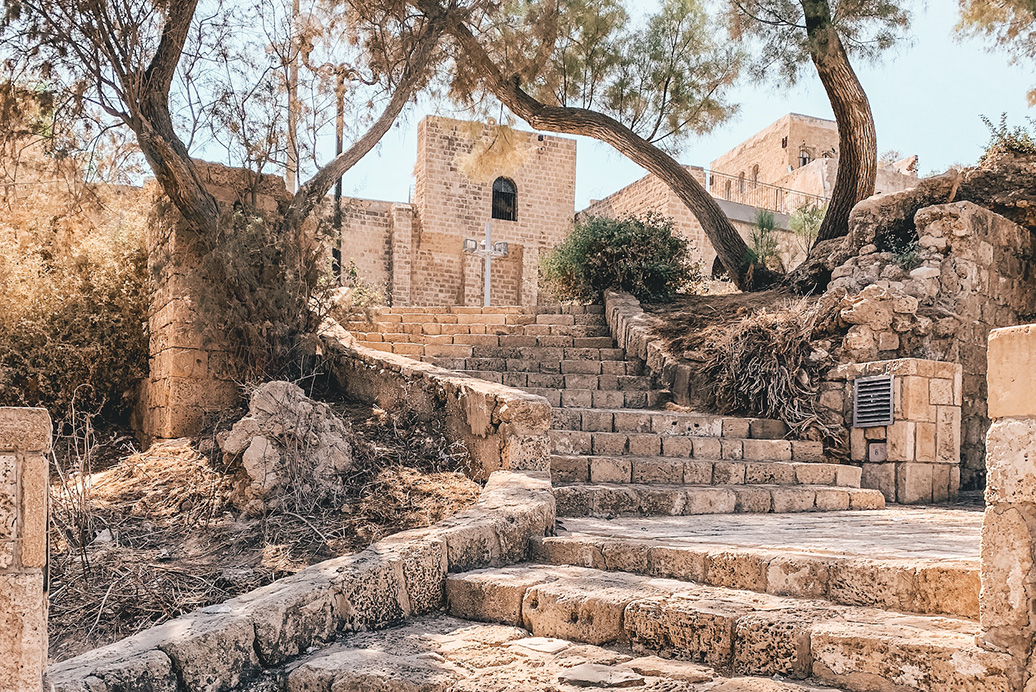Jeremy:
The question I want us to look at is how should a family team do household projects? Okay, so it’s spring time and there’s a lot of stuff going on around the house. There’s a lot of stuff that we want to get done. There’s the lawn and the gardening. If you own a house, man, there’s a lot of stuff that you need to work on. And so one of the things to think about in terms of household projects is that when you’re trying to build a family team, one of the things you have to resist, and I struggle with this a lot, I know a lot of dads struggle with this, is that when you begin to approach, especially those one-off projects, you cannot think efficiency is the number one goal. Because if it’s efficiency, then you want to get your kids as far away from you as possible and get the thing done and then bring them back in.
But that is really violating what is one of the most important opportunities you’re going to have as a dad, and that is… And I have some friends of mine that do this so well. They use the phrase, put your kid on your hip and go work. And so if you have… I remember one of my friends, I think he talked about this in the Skill of Fatherhood class where when he’s building a fence it’s just like, “Whatever.” He wanted his son with him the entire time. So handing him nails, talking to him, working together, trying to build things together, trying to get projects done together. And this is really, really hard to do because it’s incredibly inefficient. It is so much easier to just get the kids out of the way and get the thing done.
And so I just want to talk about this mental sort of shift that’s required to say, “I’ve got a task to do, and so I’m going to go find one of my kids and we’re going to go do the task together.” And so obviously there’s lots of details to me on what the task is, if it’s dangerous, all those things. But guys, this is just a principle that I would really encourage you guys to consider. Put your kids on your hip. Figure out a way for them to engage. And don’t think, “Are they making this more efficient? Are they actually helping?” There will be a day and age where they will be really, really helpful, if you do this. But man, if they’re three or four or five years old, they’re going to be not very helpful. And it’s still important to do this. But yeah, Jeff, you guys are in the thick of this one.
Jeff:
Yeah, we love it. This is a huge, huge value of ours. But that collision of efficiency, man, is real because I like to move fast and I like to get things done and so I’ve had to, through some situations with the kids where I wanted them idealistically to be a part, but then I just wanted to get it done, I had to kind of have a lot more starker, black-and-white before I started projects to, “Okay. Hey, I need to get this done so this is going to be done when they’re napping because I need to do it by myself,” or like, “Hey, I really want…” Because to me, yeah. Once you totally back up and actually kind of stop saying it’s about getting the thing done and you just want to have your kids come along, that never did well for me.
For me, what’s helped is I want to spend time with my kids and disciple them and pass off my knowledge, and getting the thing done is the thing kind of coming along. That’s kind of the added side bonus, and that shifted it for me. The goal has to be radically different of you’re not trying to get something done. That’s just an added blessing of maybe you get to the end and you’re like, “Oh, we’re 70% of the way there. I can finish that tomorrow morning fast,” or something like that. So for me, I had to really shift that, talk to myself and say what kind of project it was and that’s totally opened so much more doors to have so much more fun with the kids, so many more activities.
And guys, this is like, anyone can do this. Even yesterday, I had a really fun probably hour with just Kinsley. We got her up before Cannon. Alyssa was still doing something with Lucy. And I got a bunch of plants at Lowe’s and I needed to plant some more vegetables and stuff in the garden. So I specifically got her up with that in mind. That was the goal, not planting really fast. So we hung out there. We talked. I gave her a little piece of candy. We chatted. She has little kid garden gloves. She got her own shovel, and we just did it together. And it’s way slower, but it was so fun, so life-giving. You can see your kid come alive in a really special way. And guys, that’s actually where the discipleship happens.
I’m 100% convinced that’s where so much more of a shaping of a human heart and an image bearer happens is in these kinds of shared activity, talking, learning, teaching, not just like, “Here, let’s sit down and talk about the Bible,” even though that’s critical. I’ve just noticed and I’m convinced that this activity plus kind of metaphor of life’s using the tools and things that you’re doing to teach, is the thing. That’s the magic. That’s where a kid gets formed. That’s where a kid gets developed. That’s where a bond is made really strong. So chase that, go after that. Cook with your kid with that in mind. Build with that with your kid in mind. Do everything around the house with that in mind. So that’s encouragement to you dads listening today is, what’s one activity this week, couple activities this week you can say, “I want to integrate my kid, but I’ll just integrate them while I do it.” But actually almost more like you and the kid are doing it and if it gets done, it gets done.





